-
Welcome to 4Runners.com!
You are currently viewing as a guest! To get full-access, you need to register for a FREE account.
As a registered member, you’ll be able to:- Participate in all 4Runner discussion topics
- Transfer over your build thread from a different forum to this one
- Communicate privately with other 4Runner owners from around the world
- Post your own photos in our Members Gallery
- Access all special features of the site
3rd Gen 4Runner Buyer's Guide
Discussion in '3rd Gen 4Runners (1996-2002)' started by Ripcord, Jun 2, 2015.

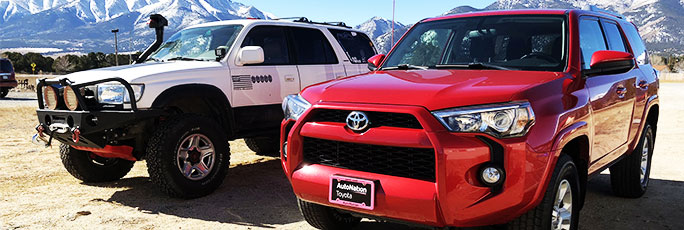
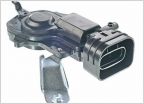 I'm a new member of this forum. I have a 2000 Toyota 4Runner 5-speed with a door lock issue.
I'm a new member of this forum. I have a 2000 Toyota 4Runner 5-speed with a door lock issue.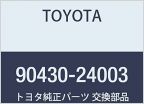 The Fluids
The Fluids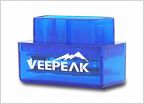 Engine is way louder than it used to be. It sounds the same but just amplified...
Engine is way louder than it used to be. It sounds the same but just amplified...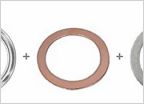 Preventative Maintenance on 3rd Gen
Preventative Maintenance on 3rd Gen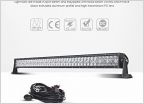 Adding a lightbar- help needed!
Adding a lightbar- help needed!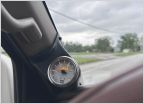 Third GEN water temperature gage
Third GEN water temperature gage








































































